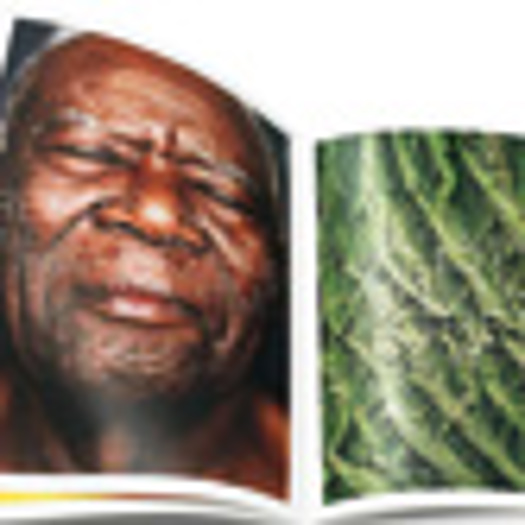Company reports and accounts, brochures, letterheads, high-quality direct mail – these are just a few of
the varied markets in which text and cover papers are used.
But in recent years, the reach of these grades has grown wider, with recent additions including compliments slips, business cards, swing tags, menus and invites.
Uncoated grades are generally the preferred choice in these areas because they are believed to offer a better feel and look. They can also be bulkier than coated paper – something that goes down well with the designer and the end client.
However, while the more creative areas of the paper industry might be easing slightly on cost cutting, text and cover papers tend to be used for in-house office work.
As a result, it is still a sector that is exposed to cut-backs, with buyers looking to downgrade to lower-quality papers.
Paper prices
The only trend we are seeing is that customers are still trying to buy cheaper paper and price increases have exacerbated this, confirms Dean Glew, sales manager for office papers and uncoated sheets at Stora Enso.
The manufacturer produces white uncoated office papers for small-format, in-house, high-end colour work, but it says market conditions and the price of raw materials has seen new developments put on the back burner.
At the moment, we have no new launches. We are concentrating our efforts on trying to control the market, so there are no new finishes or colours from us, says Glew.
But that’s not to say that there haven’t been any innovations in the market. For example, Fenner Paper recently launched its new business paper made partly from algae (pictured above), in addition to other grades made from crops, such as cotton.
Innovations
Algae is overgrowing in the Venice lagoon as a result of pollution, which is an inevitable but unwelcome consequence of urban and industrial life, explains Justin Hobson, marketing director at Fenner Paper. The algae must be harvested to maintain the lagoon’s eco-balance, with 50,000 tonnes removed annually.
Fenner explains that the algae has been used partly as pulp replacement, but mainly as a filler, resulting in a smooth feel.
While the algae paper may be unique, consumers now expect text and cover papers to be recycled, or made from ISC-certified virgin pulp with recycled fibres, without any compromise on quality. Many corporates only specify the use of green papers in a bid to improve their CSR performance.
WHAT'S NEW IN TEXT AND COVER PAPERS?
Last month, Paperback launched Cairn and Conservation uncoated paper grades. Cairn comes in 20 colours and is available in 90-630gsm. Conservation is available in white and in 100-320gsm. Both are FSC certified and made from 100% post-consumer waste
Fenner Paper launched its Shiro paper range produced using carbon neutral energy in April. Alga Carta is a paper manufactured using algae harvested from the Venice lagoon, combined with FSC certified fibres. Tree Free is a paper that uses fibres from plants such as bamboo, cotton or bagasse. Echo is a recycled paper made from 50% post consumer waste combined with 50% FSC-certified virgin fibres
Arctic Paper has added three rough papers to its uncoated Munken Design Range. Munken Polar Rough, Munken Lynx Rough and Munken Pure Rough come in three shades – crisp white, natural white and cream. Arctic says rougher and bulkier paper surfaces are becoming progressively more popular with designers, printers and publishers









